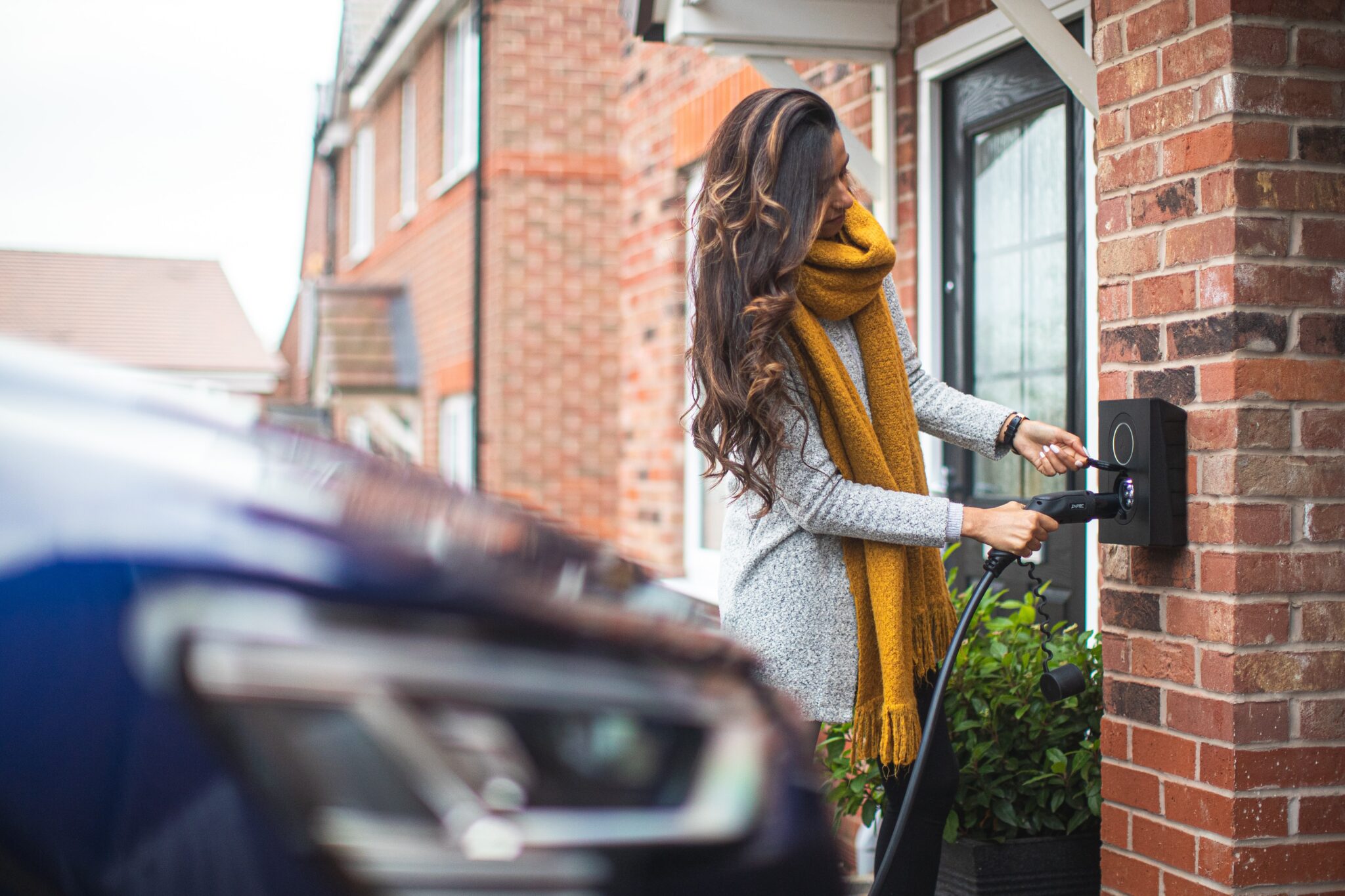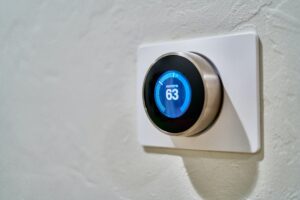
What are the top ways to future-proof your home and increase its value?
Australia hit peak building activity this year with thousands of new homes under construction, but experts have raised concerns they are already out of date.
Many homes lack features to future-proof them from pandemics, climate change and remote working and to even increase their value down the track, industry figures say.
At the top of the list are electric vehicle charging stations, multi-split air conditioners, double-glazed windows and built-in 5G technology, said Peter Li, general manager of Plus Agency, a Sydney-based apartment marketing agency.
In a pandemic world, having multi-split air conditioners, where air is not recirculated throughout an entire apartment block or even within a unit, is crucial, Li said.
“You basically have your own air within your own property but also within separate rooms. So if someone gets COVID, and they’re isolating in the master room, the other bedrooms won’t be affected,” he said, adding that it was crucial for home buyers priced out of the housing market.
The rise of the electric car meant building home charging stations was also key, Li said.
“If you compare to Asian countries, a lot of Australian apartment building blocks don’t even have electric vehicle charging stations. Even though we are pushing green energy, the buildings don’t come with electric car charging stations, how green is that?”
These features are cheaper to install at the start of the build rather than retro-fitting, as most of the infrastructure would be provided by telcos and electric vehicle companies, Li said.
He said Australia was lagging places like Singapore, Hong Kong and Shanghai, where these features have become more standard in homes. Many of his clients already ask for similar “smart home” upgrades.
He said many of his clients were leaving Shanghai and relocating to Sydney but were surprised by what was on offer, telling him: “I didn’t come to Sydney to downgrade. Can you find me properties with these features?”
 Envirotecture director and architect Andy Marlow said the majority of Australian homes under construction were already out of date.
Envirotecture director and architect Andy Marlow said the majority of Australian homes under construction were already out of date.
“These buildings are not fit for purpose now, and they are definitely not fit for purpose in the future. We’re baking in a lot of carbon emissions,” Marlow said.
The embodied carbon (the energy produced to build the homes) and the operational carbon (the energy produced to run the homes) were contributing to emissions and creating health problems, he said, which also creates the “lock in effect”.“It’s immensely scary that people live in buildings that don’t work. We get cranky when the ferry doesn’t work but we’re spending billions on houses that don’t work” says Andy Marlow, Envirotecture director and architect
Marlow said the key to future-proofing homes was building healthy and comfortable dwellings through good insulation, good quality air and good reliable ventilation, noting that products and designs already exist for these features, such as double-glazed windows, which should become standard.
“Single glazing is just crap. Science shows us that single glazing will get condensation on it, it’s just physics,” he said, which creates mould and asthma.
“Everything has been solved, every technical problem has been fixed. There’s a wonderful bit of evidence out of California, where they mandated double glazing and within nine months it was cheaper than single glazing.
“It’s immensely scary that people live in buildings that don’t work. We get cranky when the ferry doesn’t work, but we’re spending billions on houses that don’t work,” he said.
Professor Alan March, from the University of Melbourne’s school of design planning, said Australia’s housing stock was out of date because of the structural problems with a property market that views homes as a vehicle for wealth creation rather than for good shelter.
“The land value and the overall value is so inflated that people are not so interested in the interior and actual benefit they receive from the structure itself as to secure the number, the numeric value, and so that changes the nature of the housing market towards wealth building, or just avoidance of renting,” March said.
“We then have structures that are not built to last long periods of time, even though we live in them for a long period of time, so they go through repeated renovations, which is not uncommon. Then energy saving features, garbage disposal units and these aspects are not particularly integrated into our structures.”
He said the mass home building market constructed almost identical homes across Australia, despite the continent’s vast, varying climate.
“One future-proofing feature that is potentially very important is heat wave resilience and adaptability,” he said. “Natural ventilation, good quality ventilation, the ability to retrofit cooling systems if they’re not already there or integrate solar panels with batteries.”
He said while the building code could be modified to build homes that were more amenable to different climates, the building and construction industry was conservative and would remain so, given the recent COVID-induced financial challenges.
Source: domain.com